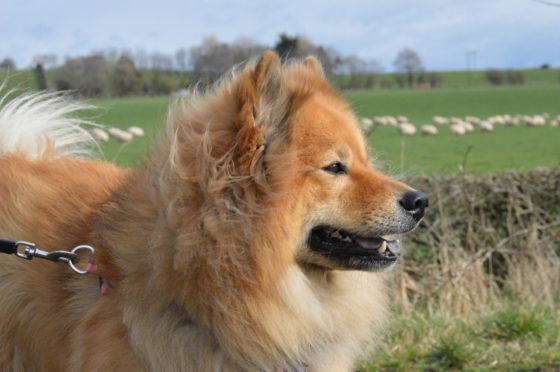There were more than 100 incidents of livestock worrying reported to Police Scotland between April and November last year.
Figures provided by the Scottish Government, in response to a question from Scottish Conservative MSP for Aberdeenshire West Alexander Burnett, reveal the extent of livestock worrying across the country in the past decade.
They show that between April and November 2021 there were 103 incidents recorded by Police Scotland under the Dogs (Protection of Livestock) Act 1953, including six in Aberdeenshire, six in Angus and eight in the Highlands.
There were two incidents in Aberdeen City, eight in Argyll & Bute, two in Fife, two in Moray, three in the Western Isles, one in the Orkney Islands, three in Perth & Kinross, one in the Shetland Islands and eight in Stirling.
Dumfries and Galloway was the worst hit local authority area with 16 incidents reported in the eight-month period, followed by the Scottish Borders with nine incidents.
The figures, which span back to the 2012/13 year, show there have been 1,436 incidents reported across Scotland between 2012 and November 2021.
Mr Burnett said the figures highlighted why changes to livestock worrying legislation, which came into force in March last year, were needed.
The changes, introduced through a member’s Bill brought forward by SNP MSP Emma Harper, increase penalties for owners who let their dogs attack livestock to a maximum fine of £40,000 or 12 months imprisonment.
“The strengthening of police powers should protect farms while cracking down on thoughtless dog owners,” added Mr Burnett.
“Worrying may not always lead to an attack but often it results in healthy animals which need to be put down. There are heart-breaking consequences to thoughtlessness – both for the owner and the farmer.”
A survey carried out by the National Sheep Association (NSA) in 2021 found two-thirds of UK sheep farmers had experienced an increase in dog attacks on their animals since the start of the Covid-19 pandemic.
The survey also found more than half of 616 farmer respondents had experienced abuse or intimidation when personally asking dog owners to put their pet on a lead and that on average each respondent experienced seven cases of sheep worrying during the past year, resulting in five sheep injured and two sheep killed per attack.

